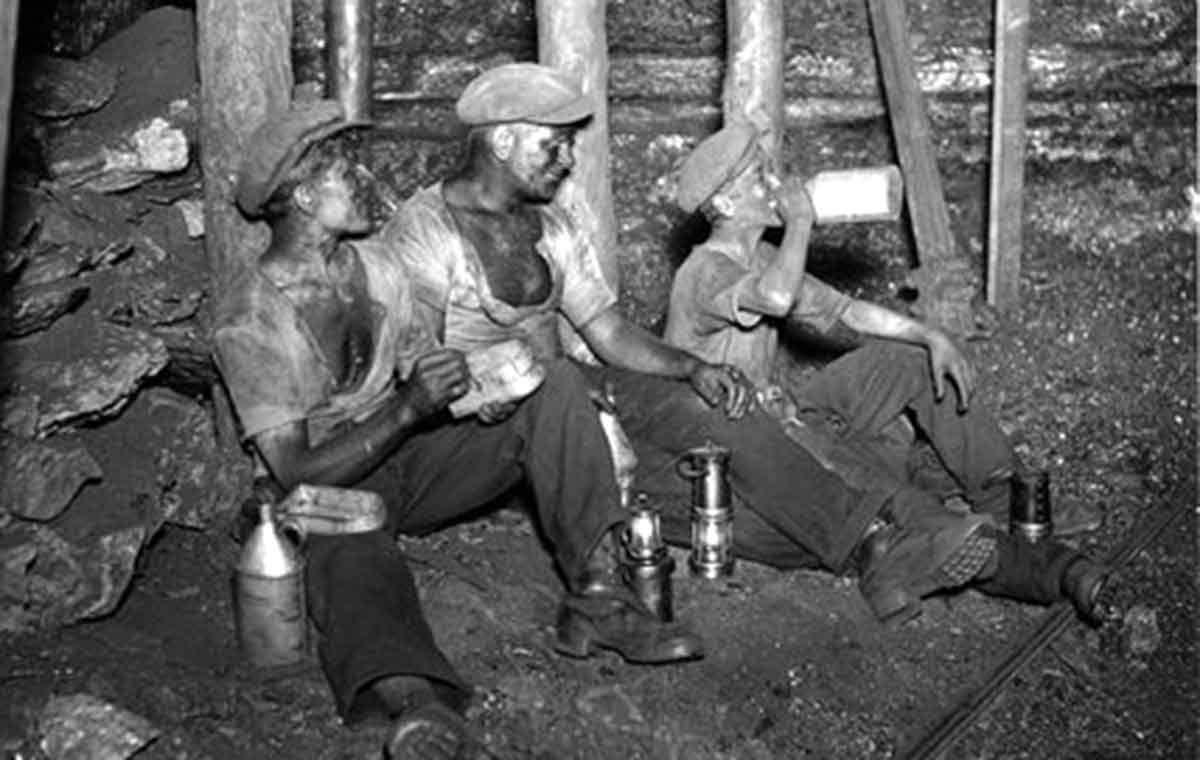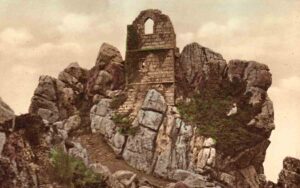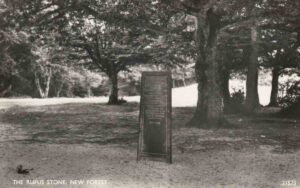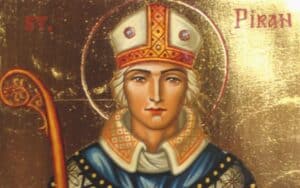KATE CHERRELL takes us underground to visit the world of miners and the spirits who would sometimes give them a helping hand…
While so many of us currently work from home, we may often feel that we need a little support. Sadly, many of us also forget to bribe a pixie to assist us.
Miners from days gone by were not so foolish and ensured a successful day with a little external help from these mining spirits.
Bluecap – The Pixie for Lucrative Mining
The Bluecap (sometimes known as the Blue-Bonnet) was a very talented little mining spirit who inhabited mines on the Anglo-Scottish borders and appeared to workers as a small blue flame.
The Bluecap helped miners, working incredibly long hours and had enormous strength, able to move any object on which the flame landed.
The Bluecap was mainly renowned for lifting enormous buckets of coal, slowly transporting them up the shafts, as though they weighed nothing at all.
Bluecaps weren’t linked to one spot alone and could move freely between mineshafts, moving rubble and helping miners. It some accounts, the spirit could also lead workers to rich mineral deposits, but only if it had been treated well.
The Bluecap did not just help the miners complete their work, but also warned them of looming cave-ins and collapse.
However, the Bluecap was no fool and expected to be paid for his work. Every two weeks, his wages would be left in a quiet corner of the mine and the Bluecap would make his judgement. Too much and the spirit left the excess money, too little and the spirit would indignantly refuse the amount.
Belief in the Bluecap died out around the 19th century, so one can only presume that they took up employment elsewhere.
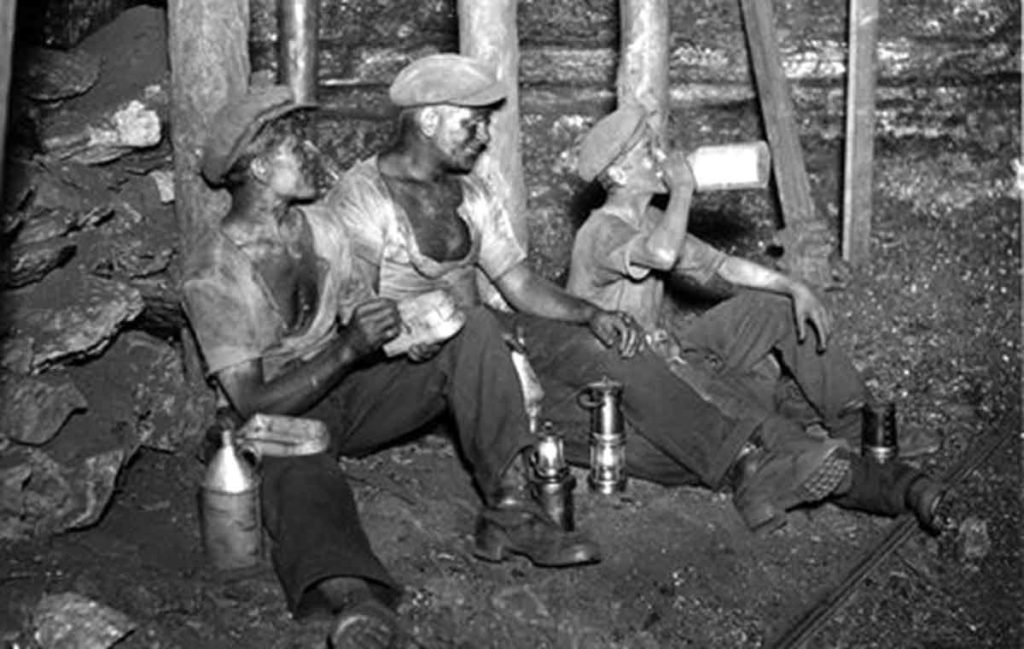
The Coblynau – The Welsh Goblin
The Coblynau is a similar creature to that of the Bluecap, inhabiting mines and quarries in Wales.
Its very presence was supposed to signify good luck. Not a flame or spectral figure, the Coblynau is an ugly, gnome-like creature but a cheerful, friendly and helpful soul. The gnome was incredibly useful to miners, signalling the presence of rich ores by knocking to alert the miners’ attention.
They were said to be perfectly dressed for work in the mines, wearing tiny uniforms, holding small hammers, lamps and miniature tools, toiling alongside the human workers. They would flit wildly about the shafts, carrying buckets and hammering away at the walls. However, unlike their taller co-workers, they never managed to finish the task at hand or do any real work at all.
If dismissed or talked about cruelly, the Coblynau would throw small stones at the miners, not causing any harm, but making their displeasure known.
You can find out about the Cornish Knockers, who worked in tin mines here.
Kobold – The Poisonous German Sprite
The Kobold was a tricksy German spirit, appearing in many forms. It could manifest as an animal, human, a candle, fire or simply be invisible. Most commonly, Kobolds showed themselves as humanoid figures, around the size of a small child and wearing appropriate clothing.
Kobolds could also live in a variety of places, ranging from households to ships and mines. When the spirit lived on a ship, it would be seen in a miniature sailor’s uniform, and when in the house, it would wear the clothes of a peasant, performing domestic chores and turning on its hosts if they insulted it.
In mines, the Kobold would not work alongside the miners, but conduct its own business. Many superstitious miners claimed to have heard them drilling and shovelling in other unseen tunnels, holding little regard for their human counterparts. Other miners believed that the Kobolds did not just work underground, but lived in the rock itself, being one with rock and soil.
The Kobolds were not pleasant workmates and would shoulder the blame for many of the miner’s illnesses. In the medieval period, much of the German mining industry struggled with presence of arsenic and other poisonous ores in the mining of certain metals. This was blamed on the presence of the Kobolds, which is also where we get the name of the element ‘Cobalt’. They were also blamed for cave ins, accidents, rockslides and problems with poisonous ores. In the 16th century, miners complained of finding seams of silver and copper, but when smelted, were shown to be poisonous pollutants, burning the hands and lungs of the miners.
Like the Bluecap, miners tried to appease the spirits with kindness, respect gold and silver, but the Kobold was not so easily bought and would often return the favour with more poison and work hazards. To leave them alone was the only lasting advice; words that seem very pertinent to any subterranean goblin that might cross your path.

